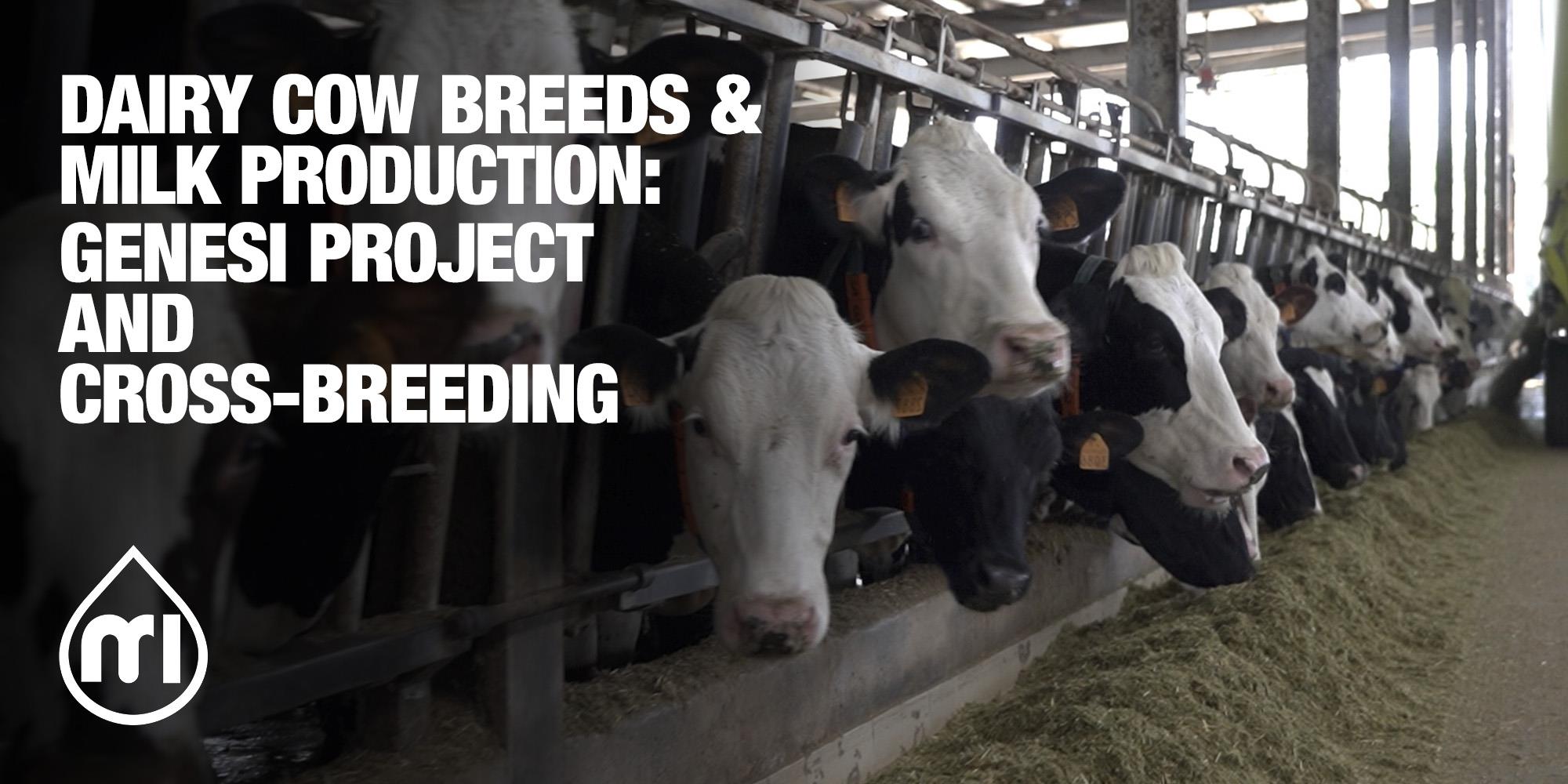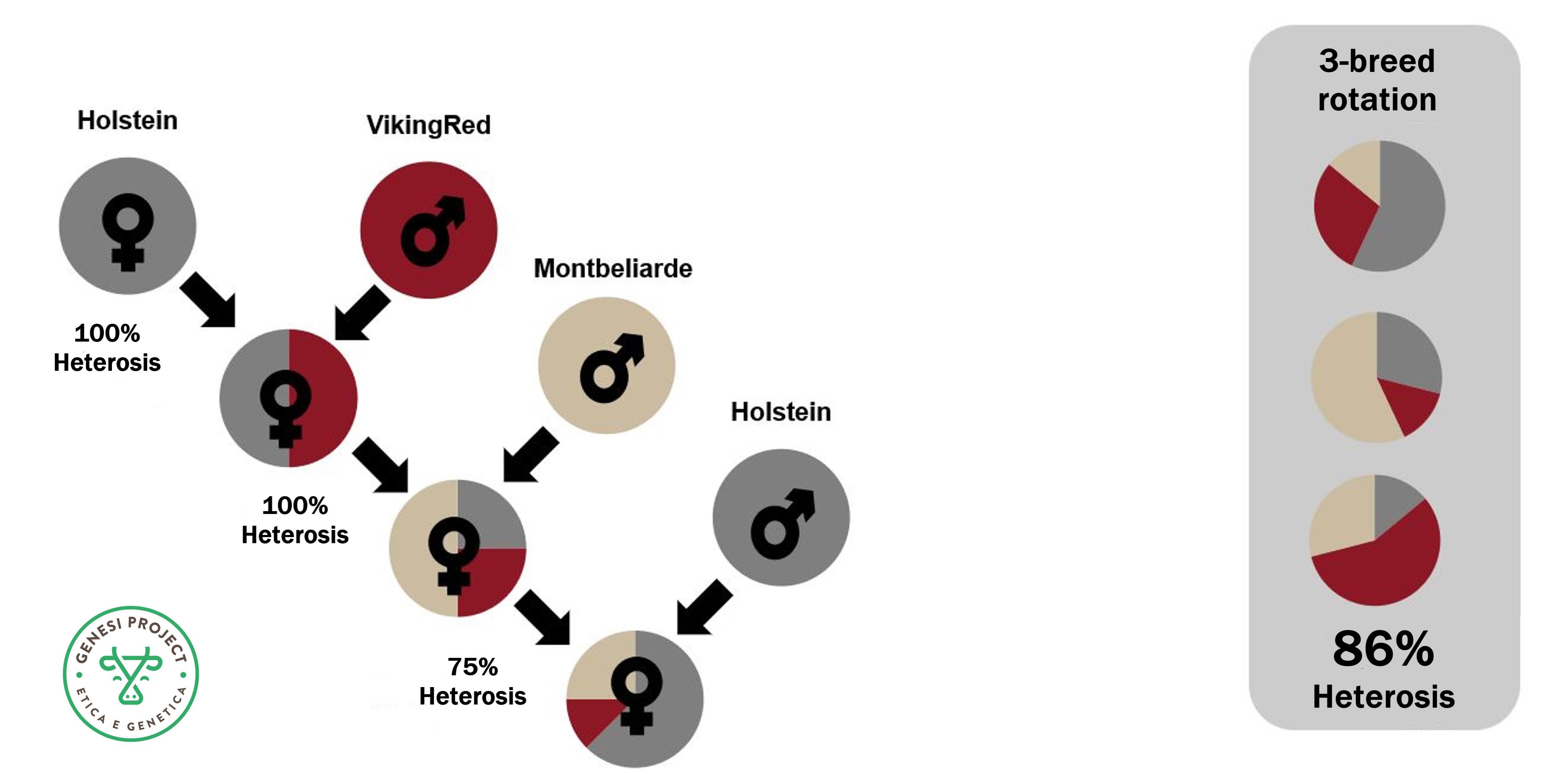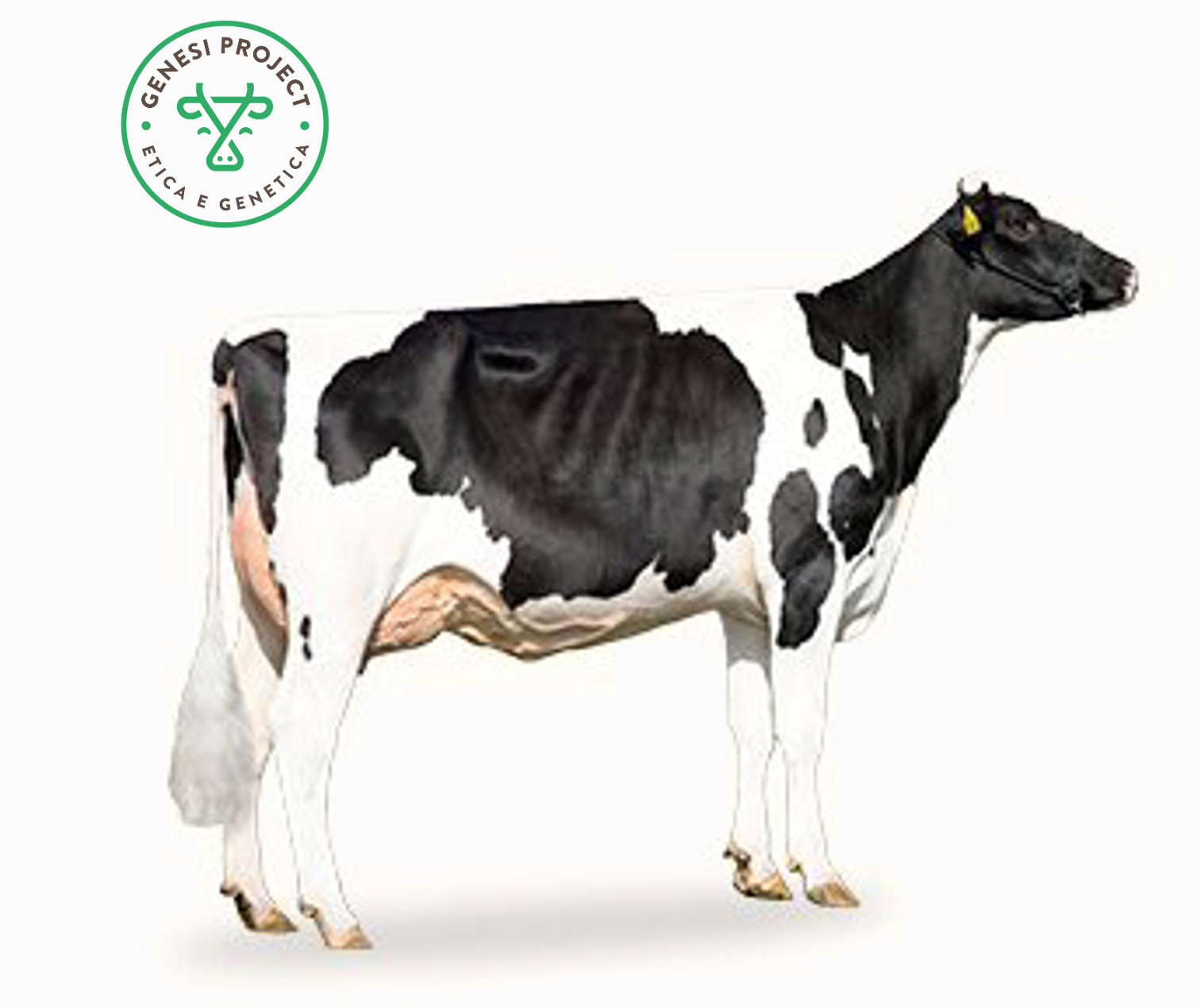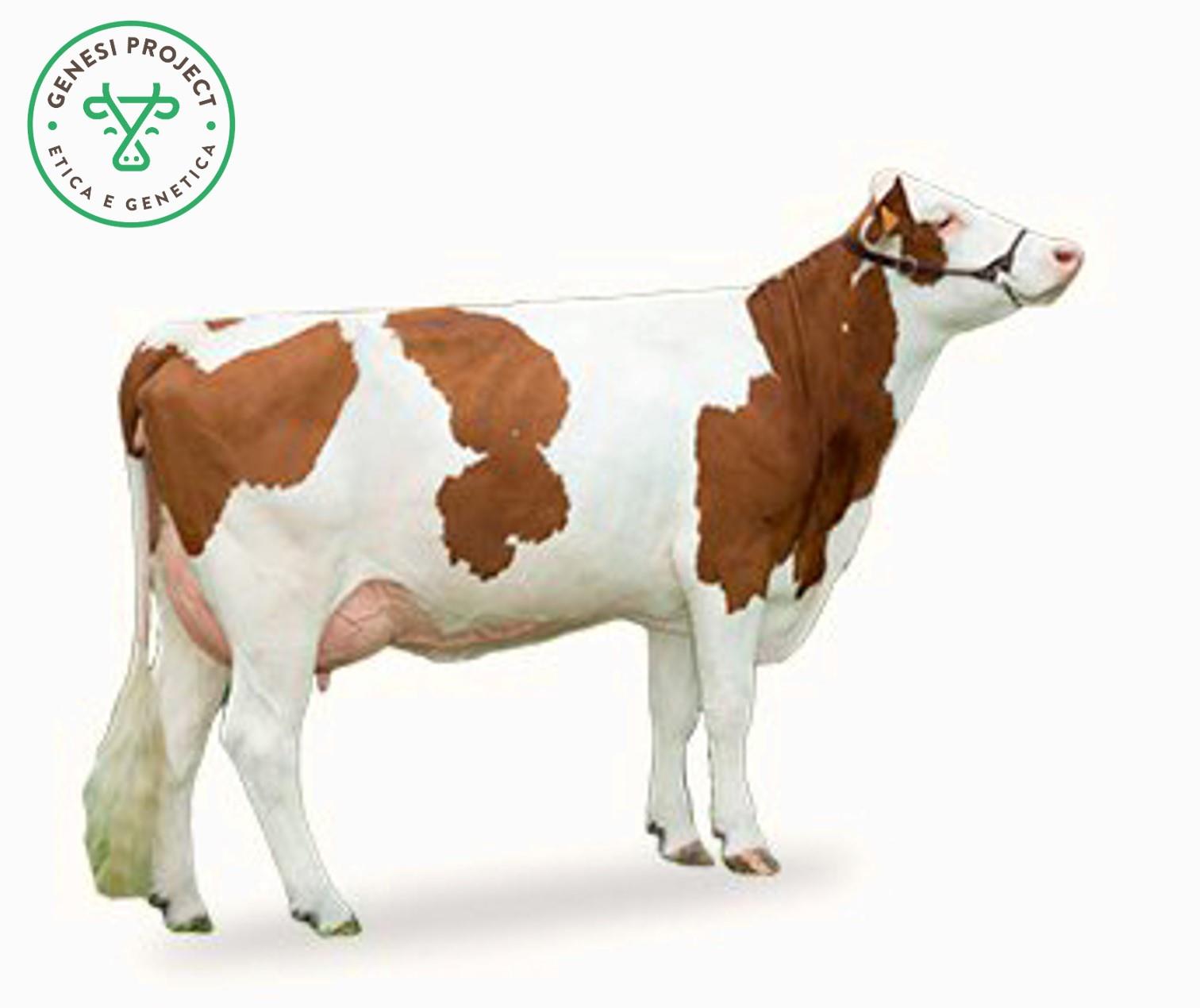
Dairy Cow breeds & milk production: Genesi Project and cross-breeding
In previous episodes we discovered the strengths of each cow breed for milk production, but is it possible to combine them in order to achieve the best in terms of animal health, milk quality and environmental impact?
The answer is yes, thanks to cross-breeding. Let’s therefore begin to discover this world with Claudio Mariani, Commercial Director of Genesi Project.
Who is Genesi Project?
"Genesi Project was born in 1997 in the province of Reggio Emilia, thanks to veterinarian Corrado Caroli.
In an environment characterised by very fragile cows and extremely high costs for farms, Corrado's aim was to use crossbreeds to satisfy the main wishes of farmers:
- Improved fertility
- Increased milk production
- Better health
- Lower costs and labour.
Moreover, as the name suggests, all members of the Genesi Project share the aspiration to reproduce the mechanisms that occur in nature as faithfully as possible, minimising human impact. This is what sets us apart and what we are most proud of.”
Heterosis, the core of cross-breeding
Claudio then got to the heart of cross-breeding, explaining heterosis and its importance:
"Although inbreeding leads to extremely high performance, in the Holstein world it makes the health of the animals precarious and considerably shortens their life. Genesi, therefore, Project therefore promotes cross-breeding, i.e. the mating of non-related individuals to increase the probability of survival and advance the continuation of the species, thanks to heterosis.
In particular, the project promotes ProCROSS, a 20-year programme of crossbreeding three non-related breeds, that was developed in California by breeders who, by crossing other dairy breeds with Holsteins, were able to understand which were best suited to their needs.
In fact, ProCROSS guarantees the highest level of heterosis and each breed compensates with its own characteristics those missing in the others, favouring the birth of more robust, fertile and healthy animals with considerable benefits in terms of savings for the breeder.
The resulting longer life span and better health lead these animals to be more productive in the long term.”

Figure 1 - Heterosis. Source: Genesi Project
What makes three-breed cross so effective?
After introducing the three-breed cross, it may come naturally to one's mind to ask why three-breed and not fewer or more breeds. Here are Claudio's words:
"The three-breed cross is the one with the highest level of heterosis, i.e. 86%. A two-breed cross, on the other hand, only reaches 67%.
A four-breed cross would ensure an even higher heterosis, but there are particular challenges in maintaining the correct rotation, as well as in identifying a fourth breed that integrates properly with the other three and comes from non-related populations.”
What, then, are these three breeds?
"In the case of milk production, the three cow breeds used are:
- Viking Holstein is characterised by high milk yields, high udder quality and improved animal husbandry with a view to sustainability, efficiency and health.

Figure 2 - Viking Holstein. Source: Genesi Project
- Viking Red, which stands out for fertility, easy calving, mastitis resistance and longevity. Due to these factors, this breed has the highest milk production with the lowest use of antibiotics.

Figure 3 - Viking Red. Source: Genesi Project
- Coopex Montbeliarde. Low incidence of mastitis, strong udders, excellent longevity and fertility guarantee these animals high adaptability and an excellent milk production-quality ratio.”

Figure 4 - Coopex Montbeliarde. Source: Genesi Project
Thanks to Claudio and Genesi Project, it was therefore possible to discover how to get the best out of the main cow breeds for milk production, to achieve maximum efficiency, sustainability and health, in the most natural way possible.
To maintain these standards, milkrite | InterPuls is at your side during milking, with its Impulse Air ventilated triangular liners. These liners ensure optimal animal comfort, milk quality and milking efficiency by replicating the sucking of the calf on the udder, as close to nature as possible and, therefore, in line with the Genesi Project vision.
